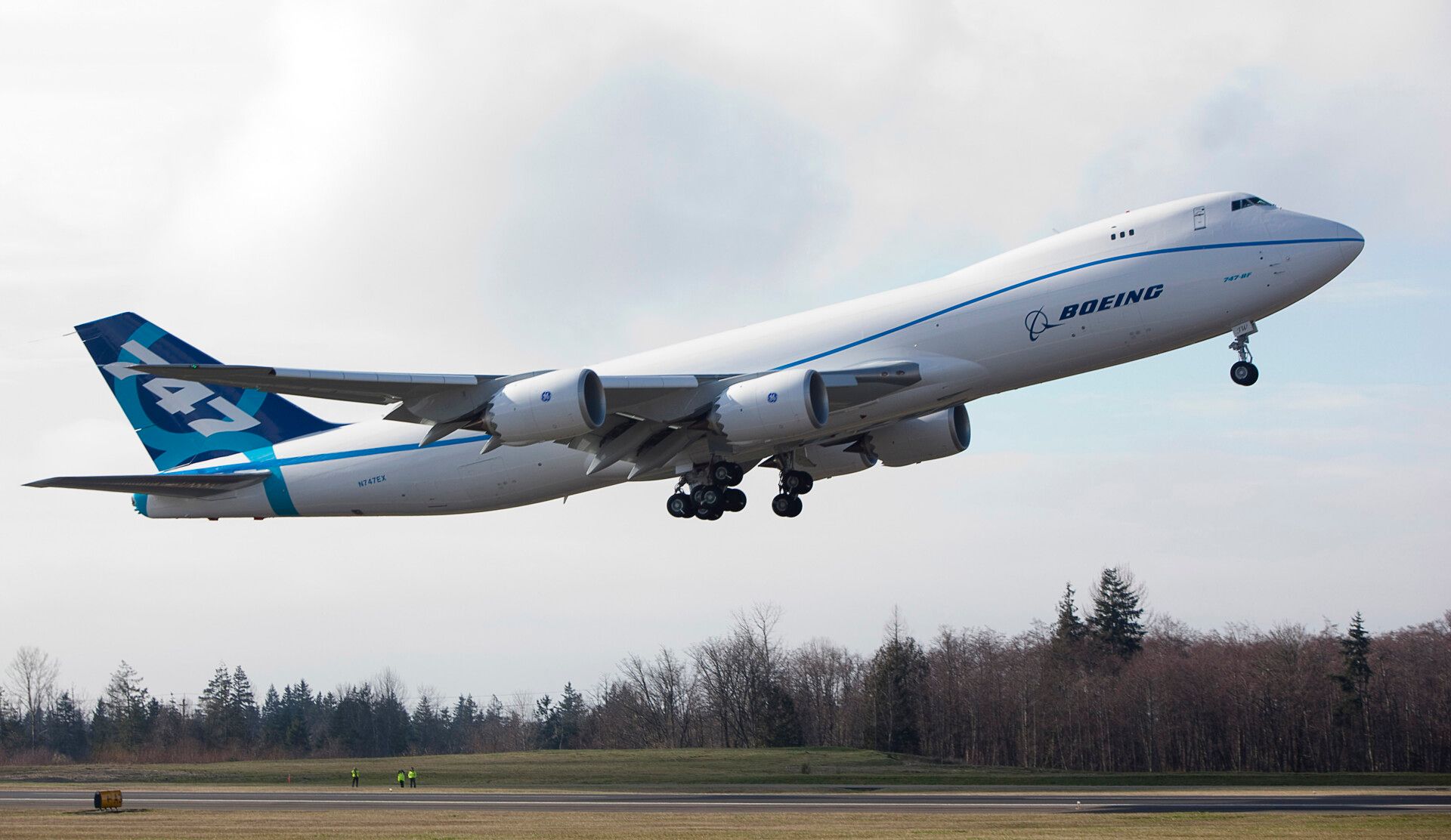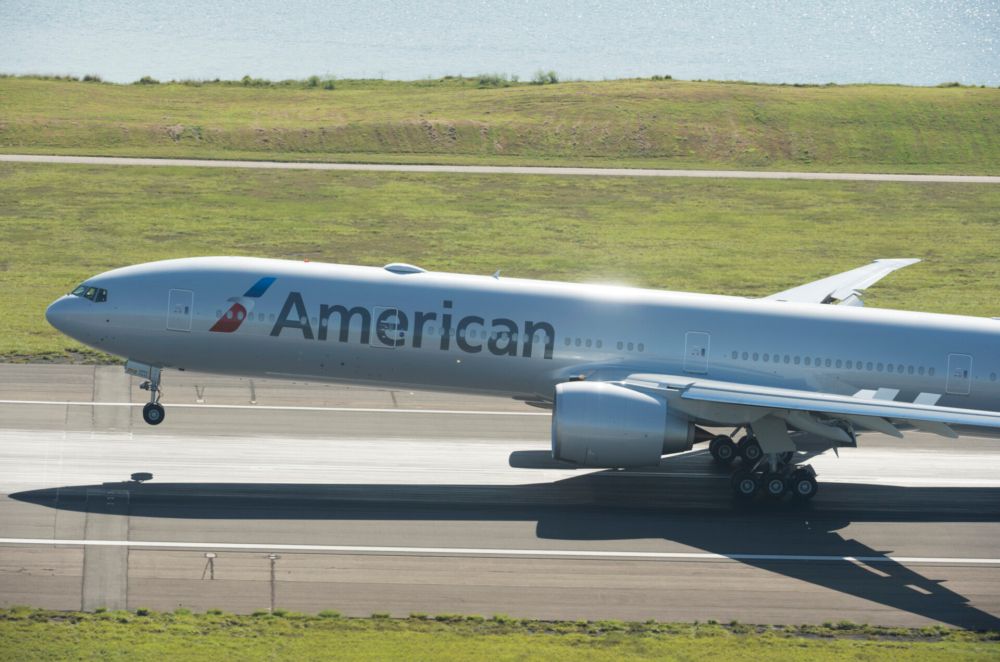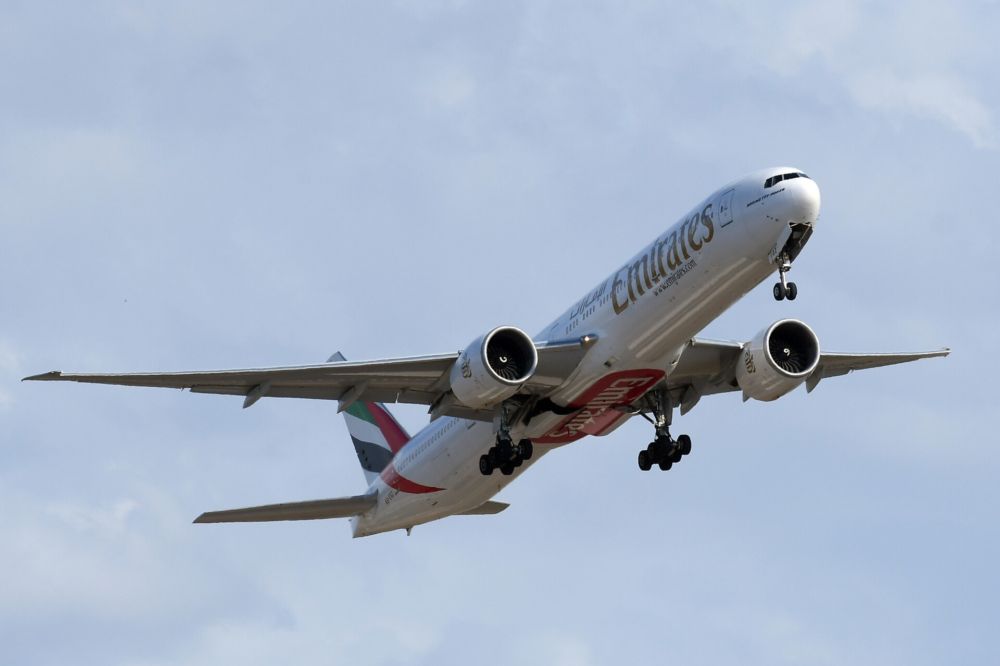The Boeing 747-8, 747-8F, and 777 airplanes are not yet out of the woods in the 5G interference issue at some US airports. The latest directive by the Federal Aviation Administration (FAA) raises questions about the safe functioning of critical instruments of these airplane types at affected US airports and suggests changes in the airplane flight manual (AFM).
Flight manual changes required
In a new airworthiness directive (AD), the FAA has asked for changes in the AFMs of Boeing 747-8, 747-8F, and 777. The AD was prompted after determining that the radio altimeters of these aircraft types can be compromised and not perform accurately if they experience interference from wireless broadband operations in the 3.7-3.98 GHz frequency band.
The FAA is concerned that 5G frequencies could hamper the performance of these airplanes not just in poor visibility but in clear weather as well. The document stated,
“…this interference may affect other airplane systems using radio altimeter data, including pitch control laws, including those that provide tail strike protection, regardless of the approach type or weather. The FAA is issuing this AD to address missing or erroneous radio altimeter data, which, in combination with multiple flight deck effects, could lead to loss of continued safe flight and landing.”
In light of these findings, the FAA has instructed operators of these types to update the limitations sections of their AFM. The flight manual must now incorporate limitations prohibiting dispatching or releasing to an airport, and approaches or landings on runways, when in the presence of 5G C-band interference as identified by notices to air missions.
Stay informed: Sign up for our daily and weekly aviation news digests.
How does this affect airlines?
The AD will be officially published in the Federal Register on January 27th, following which airlines operating these airplane types will have two days to comply.
The new directive affects more than 330 airplanes in the US and around 1,700 worldwide. Many airlines that rely on these aircraft types for long-haul operations will need a way to manage the problem.
The AD does offer the option of the Alternative Means of Compliance (AMOC), under which operators can send a request to their principal inspectors or responsible Flight Standards Office (FSO).
Earlier this month, thousands of passengers were stranded when many airlines reduced their US operations following the 5G rollout safety concerns.
Witnessing the chaos, the International Air Transport Association (IATA) had to urge the US Federal Communications Commission (FCC) to be mindful of the recommendations of the aviation community in deploying C-band 5G. It also asked the FAA to expedite Alternative Means of Compliance (AMOC) solutions to avoid significant disruptions.
What’s the situation now?
Over the last few weeks, several airlines have had to make operational changes keeping in mind the directives regarding 5G services in the US. Airlines such as Emirates, British Airways, and Air India that rely heavily on the 777s for long-haul flights, made abrupt modifications to their US services.
Since then, carriers have begun resuming their US flights. But this new AD means that all 777, 747-8, and 747-8F operators who intend to fly to the US must now make AFM changes as suggested by the FAA.



